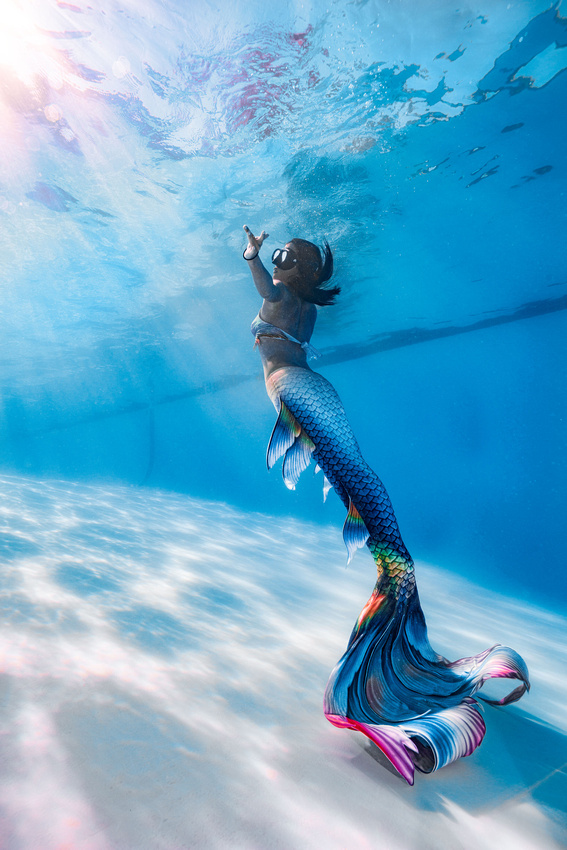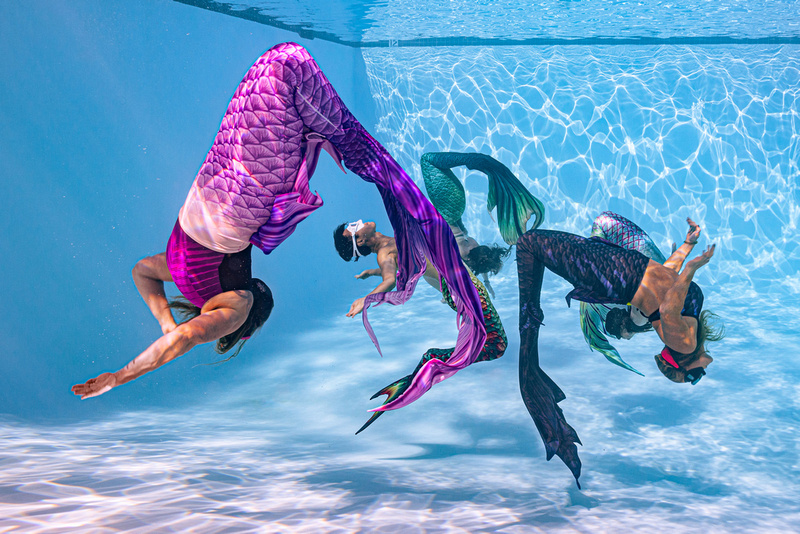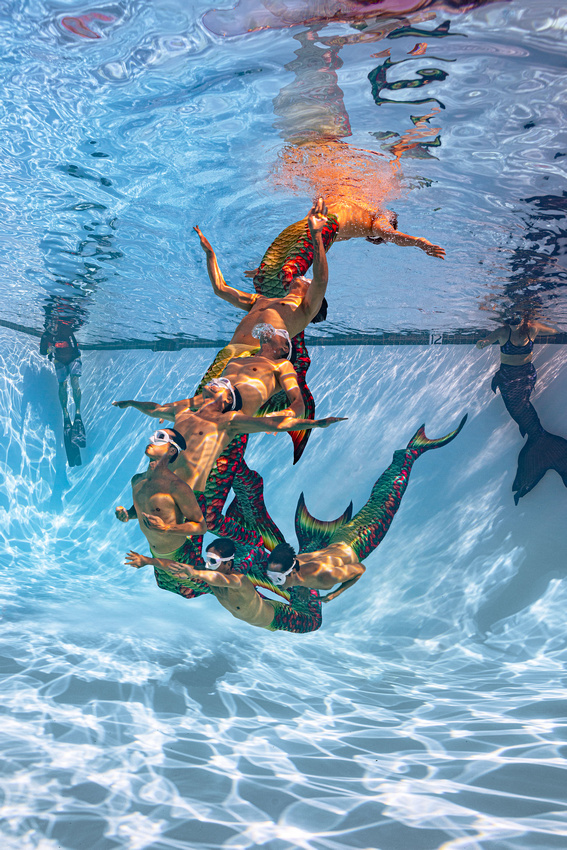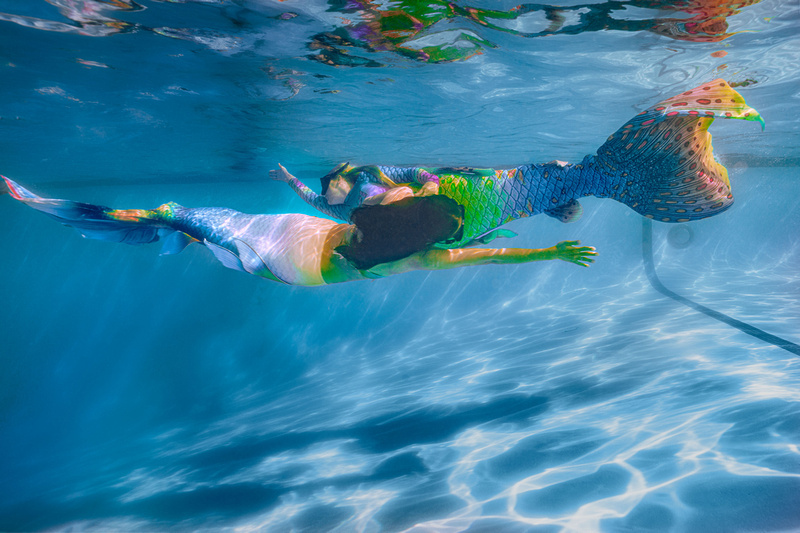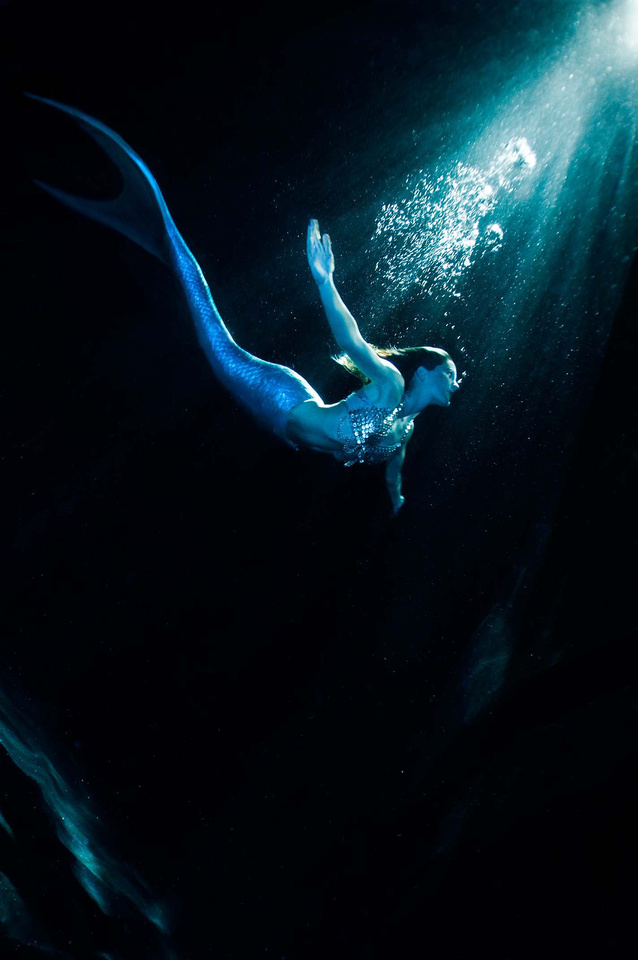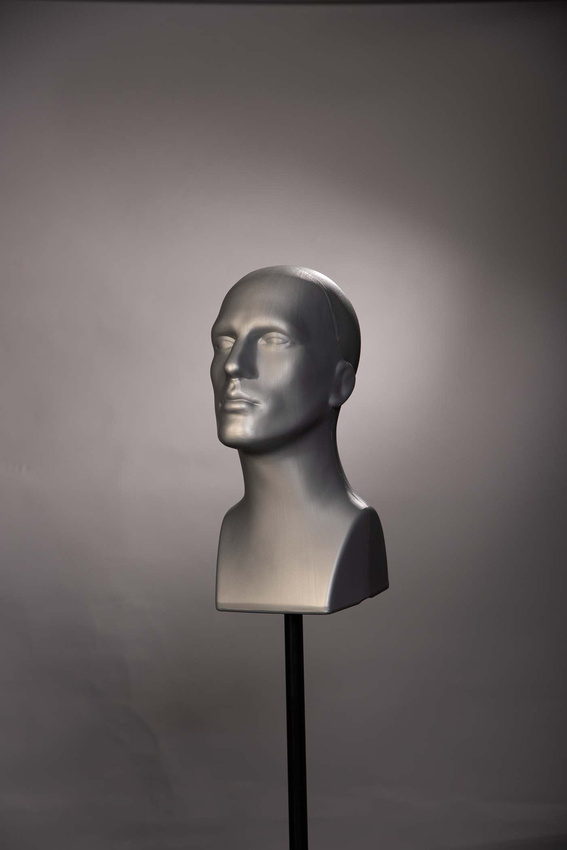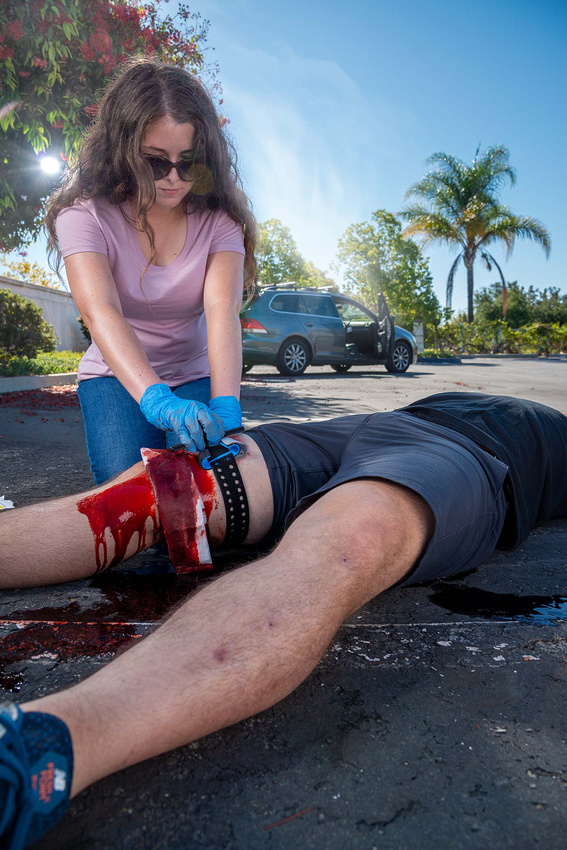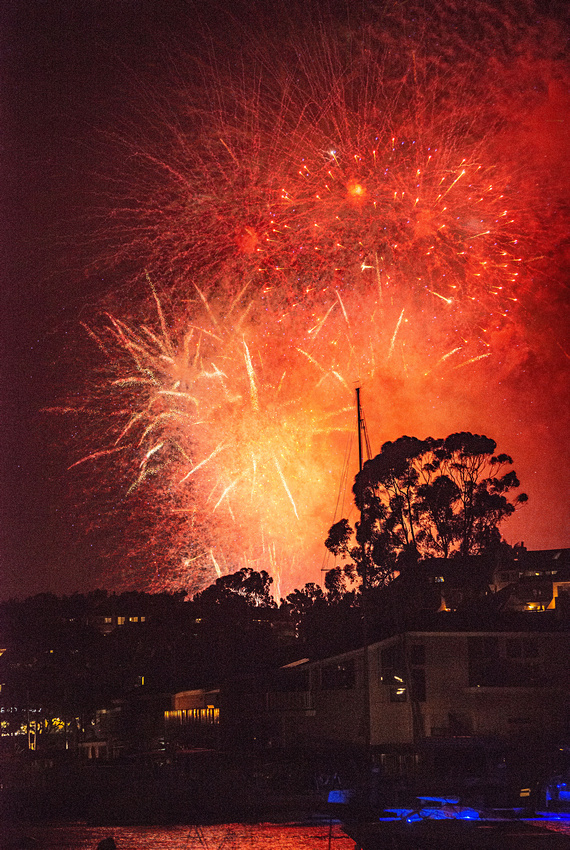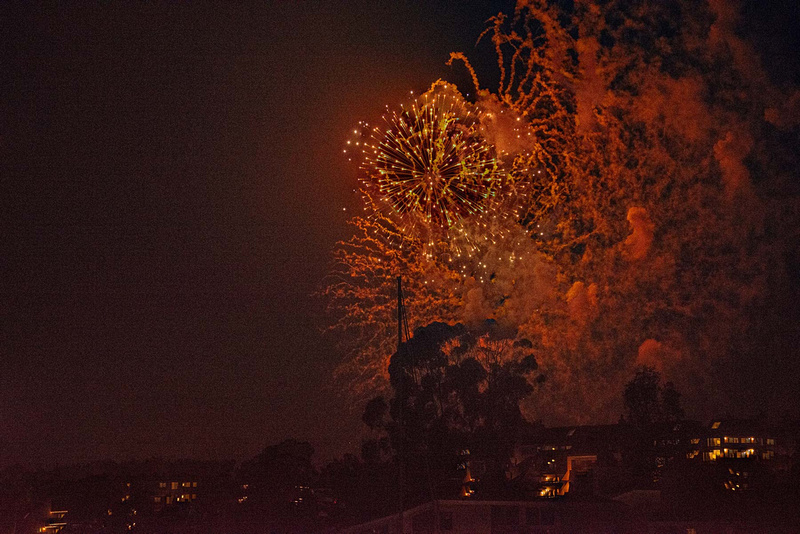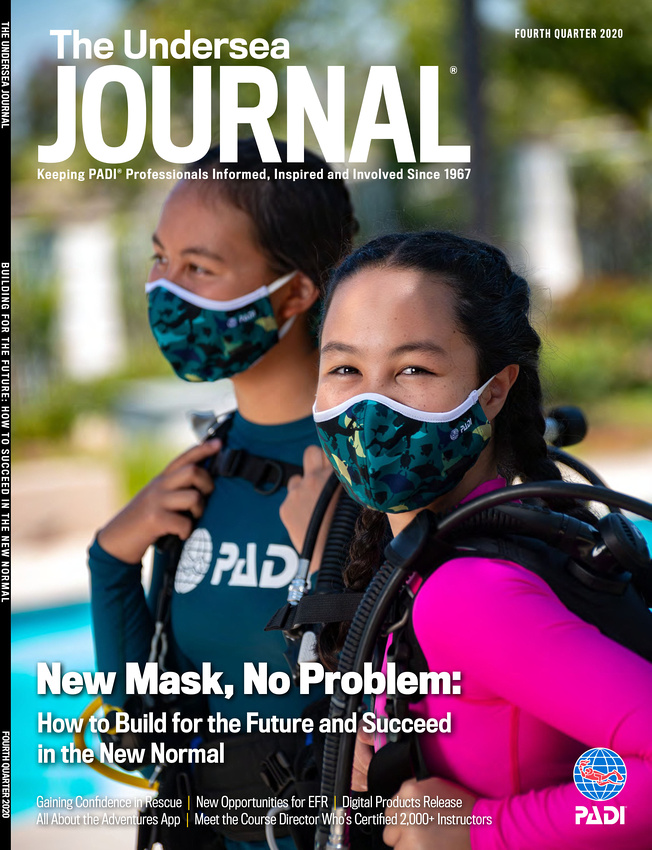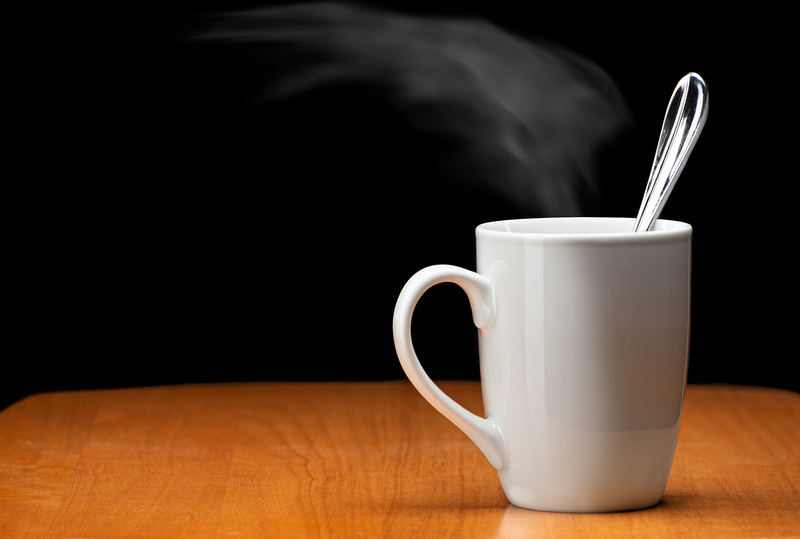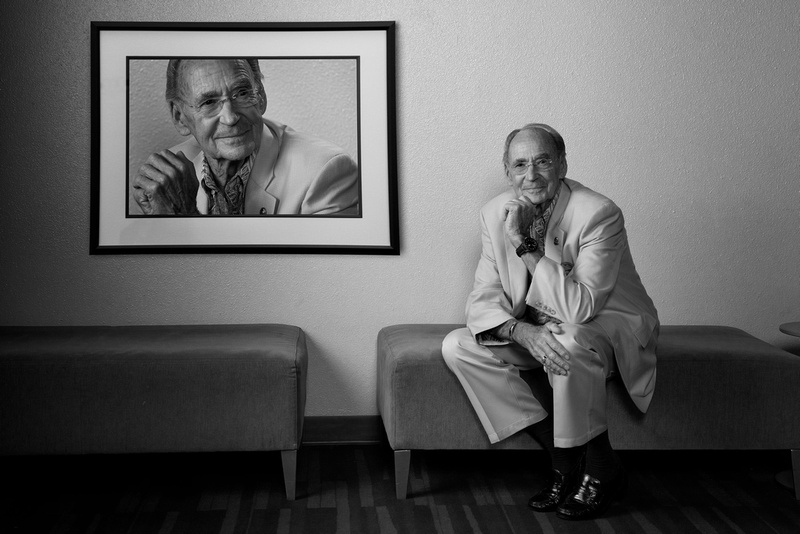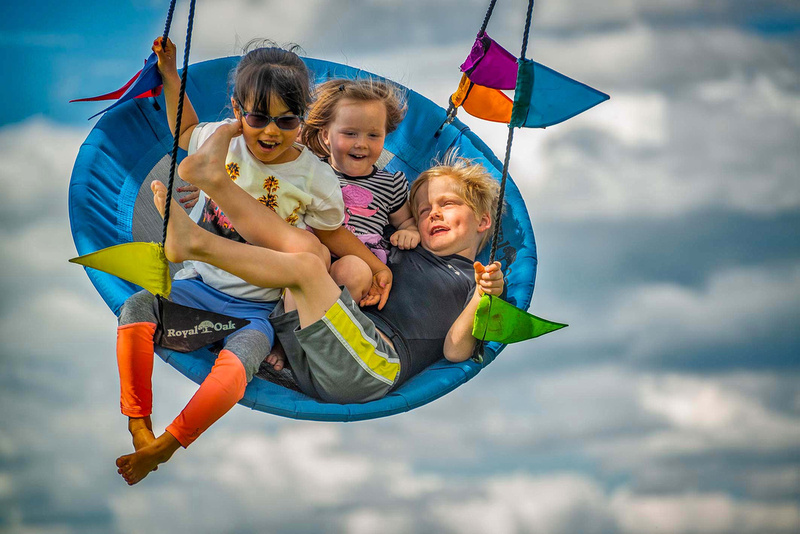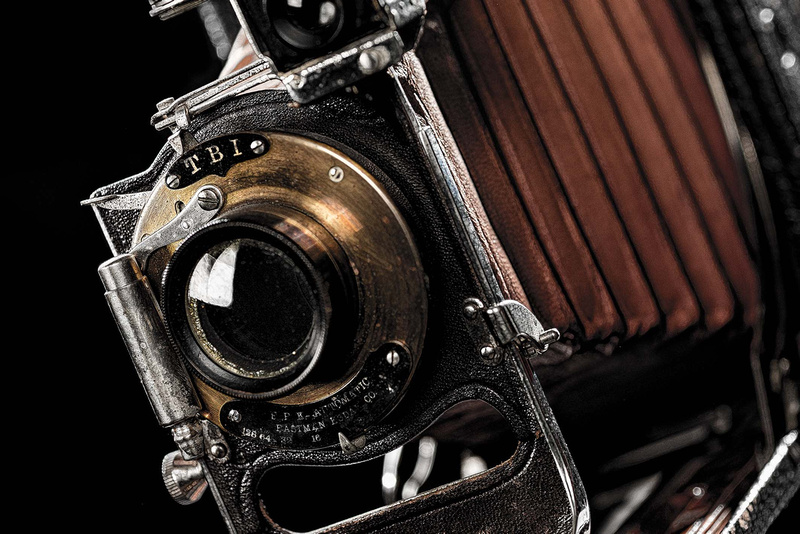|
Welcome to my online column. It's a few notes on what happens on different photo shoots and thoughts about shooting and image processing that may be useful to you if you're looking for my services as a photographic artist, or if you're a fellow shooter/image maker who works in the same areas in which I do. If You Wish You Were a Fish
Take a bit of fantasy, roll in some cosplay, a dash of whimsy and then stir in a serious amount of athletic skill and dance prowess -- the result is mermaid diving. Well, merperson diving, but everyone knows what a mermaid is, so male or female we'll go with that. If mermaid diving has been below your radar, check out this and this -- it's a genuine diving-dance-artform that's rapidly growing in popularity.
As you might imagine, imagers love shooting mermaid divers, and in fact have been doing so for some time. My team produced this shot in 2009
as a cover for the Undersea Journal. But what is new is how fast mermaid diving's becoming popular, which broadens the opportunities for people like me who love to shoot photos of them. These talented divers are PADI Mermaid Instructor Trainers – the teachers who teach the teachers – showing us that whatever one's first impressions are, not only is mermaid diving a camera-worthy expressive team underwater ballet but a
genuine athletic endeavor that requires grace, body control, swimming ability and focus. It's something anyone can do and enjoy, yet spend years improving and mastering. If you've ever wished you were a fish give it a try.
Then maybe we can shoot something cool.
Headly Speaks
Those who follow my blog will remember Headly, my head assistant. In the blog I wrote about Headly, I said that he never says anything. I was mistaken.
He actually says a lot.
A few days ago we were in the studio doing a portrait lighting refresher/101 with staff and intern, and I made the point that if you know how to light, you should not need the camera until you're set up. You set lights where they need to be in terms of distance, height and angle. You determine the exposures of the key, fill, kicker and background lights. Then, you set the camera – you tell the camera the exposure, not vice versa – and use the image for refinements.
To this end, we set up studio strobes for classic 45 degree lighting, 2:1 ratio, determining the exposure with a flash meter. Only after everything was set up did we pick up the camera and shoot Headly, who had been very patiently standing in for us. This is the first shot, straight from camera with no cropping, adjustment or refinements.
This is when Headly speaks. Looking at the shot, Headly told us that the exposure was spot on. The backlight was about right but could be adjusted for less spill on the left. The key light should go up just a bit higher, but not much. Kickers usually need adjustment for each person due to hair color and male pattern baldness anyway, but we had it at a good start position and exposure. He also told us that we had the color right for the subject, but that we'd have to adjust the background color in Photoshop – it was a little red. (Since the color was right for Headly, tweaking in PS is the best correction option).
Not lost for words, Headly told us other things as we moved lights to play with exposure and lighting styles.
Besides a photo lighting assistant, Headly proved a great teaching assistant. When I teach lighting, I don't follow the traditional approach of starting outdoors in natural light and then gradually adding lights and working students into the studio. As an instructional designer, that's backwards to me. I've found that if you want to learn lighting, start in the studio with the four basic lights. It's the best way to fully understand what each light does, ratios, modifiers, etc. Only after you understand these does everything else you learn about lighting make sense.
And if you have Headly, so much the better.
Caught Red-Handed
Layperson first aid teaches that if you have to handle severe, life-threatening bleeding that you can't control with direct pressure and pressure dressings, one option may be to use a tourniquet. So, for training purposes, I was asked for shots showing commercial and improvised tourniquets, how to use them, and a realistic scenario with a rescuer using one.
Realistic, but not repulsive. Heaving lunch almost certainly interferes with learning.
The challenge (and fun, if I'm honest) in shooting these was the blood -- we used LOTS of blood. As in, all over the ground, the talents' legs, arms, clothes, soaking through bandages and then some. It was everywhere and on everyone. Why? Because unless someone's bleeding this much, you don't use a tourniquet. Tourniquets hurt big time (I'm told) and can cause permanent tissue damage, so they're reserved for when the patient's bleeding so much they might die, and previous steps aren't working.
This actually simplified things in one respect. Because gauze/pressure bandaging would already be in place before using a tourniquet, we didn't need to somehow degrossify a grisly wound spouting like a crimson Old Faithful. So, no visible wound, but still a LOT of blood. In fact, I've used theatrical blood for first aid shots before, but this was the first time we ordered a gallon. Most types of theatrical blood (there are dozens) clean reasonably easy, but a gallon used over the course of several shots presented a new challenge. To help keep things from progressing beyond cleanable, we had the talent wear old (i.e. tossable) clothes, nixed the original idea of a wood shop scenario in favor of staging everything outside. Good call – when we wrapped shooting, we just hosed things down as best we could and let nature do the rest (most theatrical blood is reasonably biodegradable). Everything worked so well that other than the usual adjustments, the main Photoshop work was putting steam/smoke around the "wrecked" car -- I didn't have to enhance or edit the tourniquet, wound or amount of blood .
I was happy with what we got, but there was one lingering detail. Theatrical blood washes away fairly well, but many types stain . It was a few days before people stopped asking why my hands were red. Firework Photos a Different Way
There are lots of photos of fireworks -- lots of people take them. But to me, most firework photos don't look like fireworks really look. The typical firework photo's taken with the camera shutter dragging (open a long time) and the result is pretty, but the pyrotechnics look like giant blossoms hanging peacefully in the sky. When I looked at my firework photos shot that way, I always asked myself, "Where's the action?. Where's the dramatic excitement as explosions reverberate in your chest? Why can't I 'smell' the distinctive acrid smoke that drifts over us?" It seemed that short of video, I should be able to create a still that has more sense of the real thing.
So, I created another way and these are some examples of the result. These are more like what I was going for, implying motion, bursting, explosion and haze. For any serious shooters reading this, I don't drag the shutter -- these were shot at ISO 5000, 1/250th of sec f5.0. But, even that doesn't look right as a single frame. Both images are composites of a series taken quickly -- click, click, click, click, click -- while locked down on a tripod. In Photoshop, I align and blend them (well, Photoshop blends them -- for these, autoblend works really well), then crop for the finals you see here. I'll leave it to you whether you like these better, the same or not at all, but at least they're a bit different.
The Eyes Have It
Ask people to describe a smile, and typically you hear about mouths – that the ends curve up, that a big grin shows teeth, etc. It's funny, though, because while that happens, that's not really where we smile – or show anger, grief, amusement or any other emotion. It's our eyes that tell others what we're feeling. It's how we can discern fake smiles from real, and teasing from genuine anger. Without words, our eyes reveal cowardice or confidence.
In this shot, the girls are unquestionably smiling real smiles. Forced grins would have been invisible, camouflaged (pun intended) by the masks, yet because we see their eyes, we're reminded that even amid COVID, we find ways and we find joys. We don't need to see their mouths to see their mirth in this moment. English novelist Samuel Richardson said, "Where words are restrained, the eyes often talk a great deal." In a still photo, words are entirely restrained, so eyes do all the talking.
Just a Cup of Coffee
The shot we needed was a steaming cup of coffee with a spoon. Someone might think, "Just pour a cup, snap a shot and be done," right?
Well, not if you want a good shot. If you want something better than the all-too-common amateur cellphone-snap-look, the lighting on the spoon, table, steam and cup have to differ a good bit. Lighting this in the studio requires multiple soft and hard lights, each with numerous flags, grids, snoots and gobos to control what gets lit and how. Then, you pour hot coffee to get the steam rising – again, and again and again . . . because steam and smoke can be shot well, but it takes time, patience and trial-and-error. A lot.
But, thanks to COVID, I couldn't do any of these this time. Home-officing it, I lacked access to my usual studio, as well as the Speedotron lights and modifiers I'd typically want. But thankfully, I only had one shot and had access to other lighting. Instead, I shot this in my living room using only two Godox strobes and a few modifiers.
If you know lighting, though, it looks like there are at least three soft lights and two hard lights. That's because this image is actually a composite of five shots, each lit separately for the spoon, table and cup, plus for fill and highlights. After shooting these separately, I combined them in Photoshop using just the part of each shot I needed to get the exact same look that I would have gotten in the studio using the Speedotrons etc.
If one were to think that now there's no need for the studio and other lights, surprisingly, they would be mistaken – for at least three reasons. First, you have to be able to do it as a single shot, or you won't know how to shoot it as a composite. Second, compositing like this is somewhat faster (not easier, btw) for one or two shots – but if you need more than that in the same lighting (common when shooting professionally), it's way faster to use the studio and set all the lights once. Third, compositing like this works only with still life and a locked down camera. Within reason, you can't shoot anything that moves this way.
Oh, what about the steam? I almost forgot.
No steam. I created it in Photoshop. In fact, I didn't even use coffee. Why waste a good cup of joe?
A Privilege
When I was asked to do a portrait for Ernie Brook's DEMA Reaching Out Award, I'll admit I was intimidated. While I'm pretty confident in my abilities as a shooter, he's, well, Ernie Brooks. The Ernie Brooks -- one of diving's most noted photographers. One of photography's most noted divers. The son of the founder of the famous Brooks Institute of Photography, and later, president of it for almost 30 years. That Ernie Brooks – one of my heroes when I was still figuring out which side of the camera to put the lens on in my late teens. He's forgotten more about photography than I know . . . now he's going to sit for me.
Needless to say, I (we, actually – thank you, Dawn, for everything you do to make me look good) wanted to make an image worthy of such a worthy image maker, at least as much as I could. I started with this: Have him pose with an old film era Nikon and well-worn Tussy housing my friend Budd has. It would be so . . . Cliché. Cliché. Cliché.
No way I'm doing cliché for this.
Until the day before, I didn't know where to go with this. But much as necessity is the mother of invention, desperation is the father of inspiration and when Ernie showed up to shoot, I (we, again) knew what we wanted. Then we shot. Photographing a photographer tends to be either very easy or very hard, and thankfully Ernie is very much the former. First shot to final took less than 10 minutes – a testament to Ernie's expertise because he knows what the camera likes.
Our concept evolved as we shot and later in post, but I'm pleased with the result. Actually, more than pleased. Shooting it was a privilege. And, I think it's one of my best.
Thank you, Ernie.
The Problem with Photoshop
No, this is not another rant about how Photoshop is a harbinger of the apocalypse and will be the end of life as we know it. I like Photoshop. I use it and (I'm told) I'm pretty good at using it for some heavy-duty photo manipulation and construction (like this one).
But, I've discovered, my ability with Photoshop comes with an annoying problem, and here's a typical example: When friends of mine saw this image, many (including skilled photographers) complimented me on how well I dropped the dramatic sky in behind the kids. Wow, that was very kind and I always appreciate compliments, but, uh . . . . that's the sky that was there. I didn't composite in a new one.
Yes, I did use Photoshop (along with high speed synch flash) to balance the sky's brightness with the swing's, and of course to generally adjust color, exposure, etc., etc., and that's why it's so dramatic. But there's no photo sleight-of-hand (tip of the hat – sans rabbit – to photographer/magician Scott Tokar there) going on. That said, I'll admit that it does look like the background was dropped in, mainly because it's not typical to get a sky's lighting to match the subject so well.
If I were to do this over, I'd be tempted to go the other way and let the sky be a bit overly bright and a bit flat (grayish), just so it looks like what you expect in a photo. It seems that even with new technology improving the brightness range we can capture, people still expect the old blown-out (i.e. too bright) sky of a "real" shot like this would have. I'd guess this is partly because we're not yet used to the latest photo capabilities, but also because of millions of snaps made daily that don't even attempt this kind of dynamic range. So, I'd be tempted . . . but nah, I'd do this way again.
The Camera as Art
There's no denying that the camera is one of the most important advances in imaging. As pointed out by painter and art blogger Jim Lane in 1999, along with paper and oil paints, the camera changed art forever (with the camera obscura well before the invention of film) by teaching us perspective and creating the illusion of depth in two dimensions.
But, have you ever considered the camera as art itself? Like the automobile, it is a beautiful technology with an evolution that reflects more than functional advancements. Over time, camera materials, colors and feels changed along fashion and aesthetic lines not only to make cameras more capable, but to match contemporary design trends. Check out this link that shows the evolution of Nikon alone – and other brands like Canon, Sony, Minolta etc. evolved similarly, each both following and leading to the beauty of photo technology in its own way.
As an accidental camera collector (I didn't mean to start collecting cameras; it just kinda happened) as well as a shooter, I have cameras ranging from the rudimentary models of the late 19th century (my collection includes one of the first commercially available cameras) to the sleek, high-performance DSLRs we use today. Each has a story about who we were and who we are, not just as photographers and snap shooters, but as cultures and societies. To go with my displayed cameras, I shot this macro image of an early 1920s folding Kodak. This camera could never be created today, yet it has an elegance that modern cameras lack. Its brass, leather and steel remind us that we didn't always have plastic and aluminum (for better and worse). It reminds us that while technology and how we express beauty with design and imaging change, beauty itself endures.
« Older Posts
© Karl Shreeves
|



